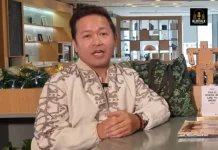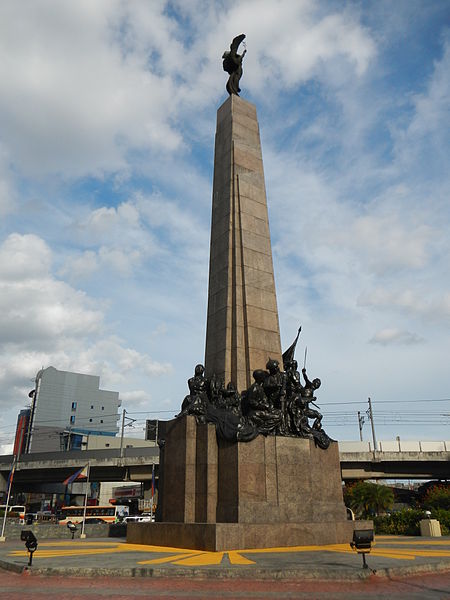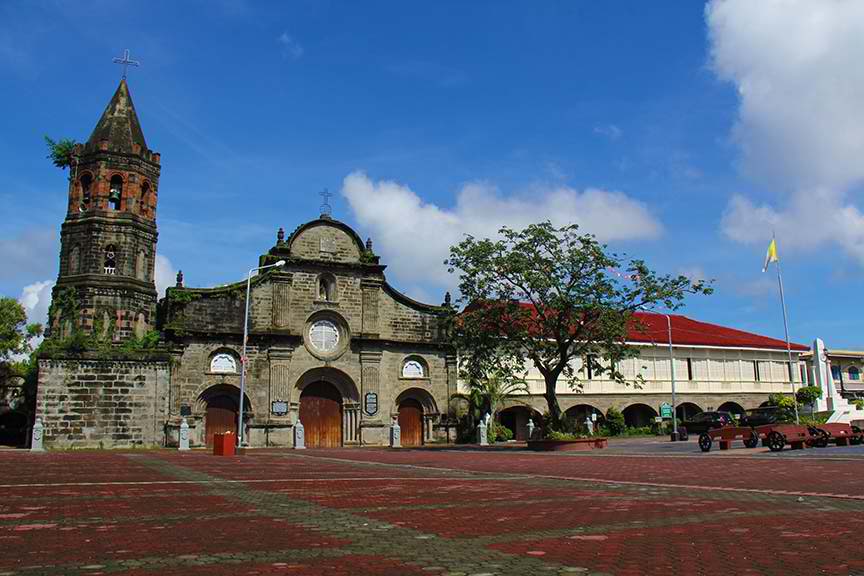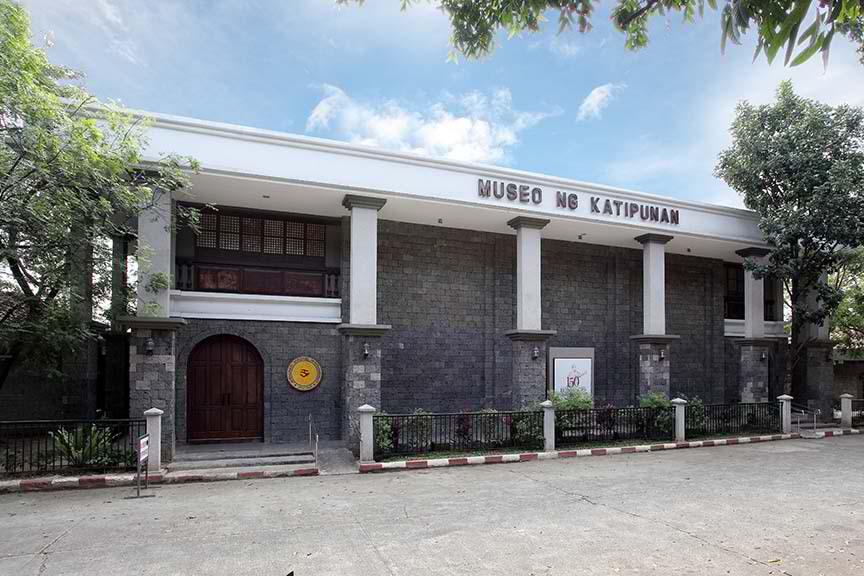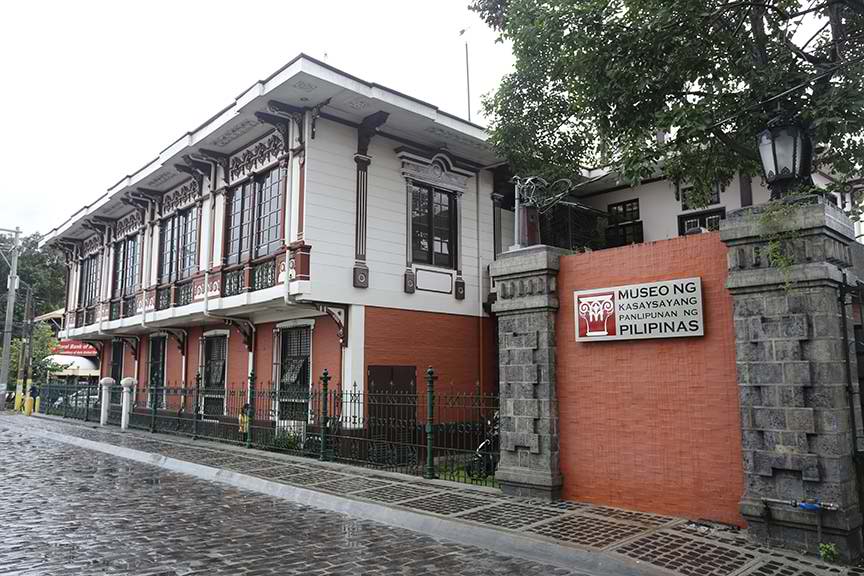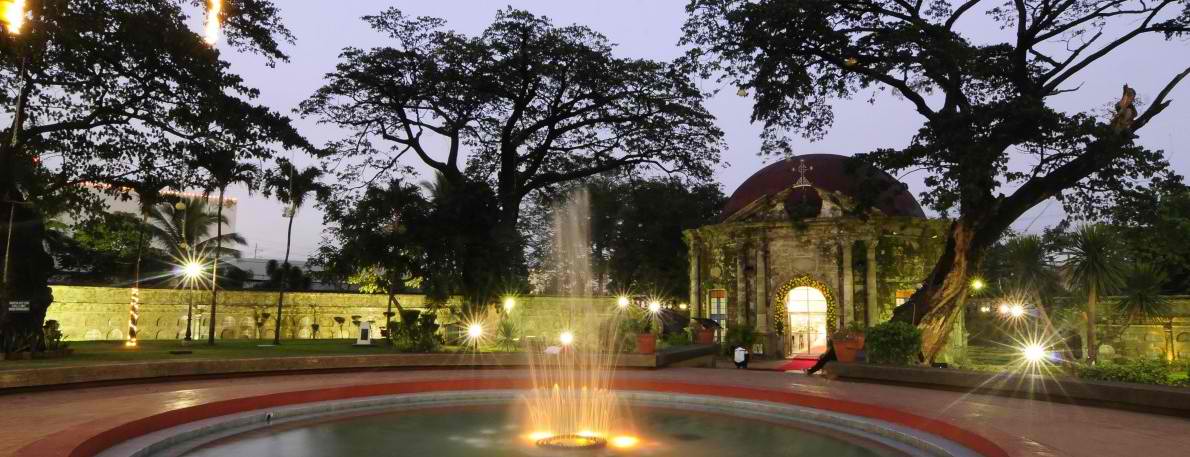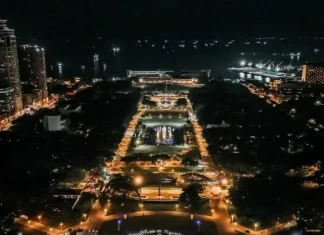Local and foreign tourists can make the most of Philippine Independence celebrations in the country by visiting various historical tourism sites that retell the stories of bravery and the resilience of the Filipino.
From ancestral houses, century old churches, museums, lights and sounds display, monuments, parks, and cemeteries, these travel destinations take the spotlight across the nation the whole month of June as they give us glimpses into the country’s revolutionary past.
GoodNewsPilipinas.com presents this round up of historical sites as a guide for Filipinos to rediscover, and visitors to uncover, the heroism of the Filipino.
1. Museo ni Emilio Aguinaldo
Aguinaldo Shrine
Gen. Tirona Highway, Kaingen, Kawit, Cavite
How to get there: Get Directions
Tel. (046) 484 7643
Be amazed at one of the few Philippine historical shrines that remain intact in its original form and structure. You can actually feel history unfolding before you as you walk through the very same halls, rooms, and garden of the Aguinaldo family’s ancestral home – the actual site of the declaration of Philippine independence from Spain on June 12, 1898. Annual commemorative rites highlight the role of General Emilio Aguinaldo – the first president of the republic – in the independence movement.
The event commemorates the first official hoisting of the Philippine flag, the first playing of the Philippine National March, and the proclamation of independence from Spain.
The modern museum at the basement of the general’s home houses memorabilia from the revolution through the American period. A holographic image of the first Philippine president talks to you about his thoughts at the eve of the declaration.
2. Rizal National Monument
Rizal Park, Manila
Roxas Boulevard, Manila
Tel. No.: 302 7119
Join the 157th birthday celebration of the Philippines’ national hero, Jose Rizal, as he marks his birthday on June 19.
The Rizal Monument stands tall in the middle of the Rizal Park, named after the Filipino leader who was executed by Spanish colonizers in 1896. About 100 meters from the monument one can find life size dioramas of the last moments of the fallen hero.
The monument bears the standing bronze sculpture of the hero, with an obelisk. Rizal’s remains are interred at the stone base of the monument, guarded by the Philippine Marine Corps.
Rizal Park remains a flagship of freedom and courage as numerous political rallies, oath-takings, and national events are held within the park.
Through the years, Rizal Park has continued to be many things for many people. When historic events are not taking the limelight, everyday activities keep it alive and bustling: joggers at dawn, afternoon concert, lovers strolling at sunset, family picnics on weekends and many more.
3. Bonifacio National Monument
Grace Park, Caloocan City
Brave through the continuous movement of people, like the hero of this memorial monument that stands at the center of Caloocan City’s main thoroughfare, at a rotunda of four major roads.
The Bonifacio monument commemorates Philippine revolutionary leader Andres Bonifacio, the founder and Supremo of the Katipunan.
Twenty three figures in tableaus cast in bronze depict the narrative of the Philippine revolution. The obelisk rises to 45 feet.
Work on the sculpture was led by national artist Guillermo Tolentino for three years until its inauguration in 1933.
Barasoain Church
San Gabriel, Malolos City, Bulacan
How to get there: Get Directions
Tel. (044) 794 1674
Witness how the centuries-old Barasoain Church has stood tall with Philippine revolutionaries.
The church houses the Museo ng Republika 1899 which is composed of five galleries depicting the journey of Philippine independence.
The Museum’s galleries are supplemented by a dramatic light and sound presentation on the Malolos Congress and Philippine Constitution, and a stereoscopy room featuring stereographs of the war against the United States.
Touted as the most important religious building in the Philippines, Barasoain Church has witnessed three major events in the Philippines – the assembly of the First Philippine Congress, the birth of the First Philippine Republic and the planning of the Malolos Constitution.
Pinaglabanan Memorial Shrine
29 Pinaglabanan Street, Barangay Corazon de Jesus (13.77 mi)
San Juan del Monte, San Juan City, Manila 1500
How to get there: Get Directions
Tel. (02) 576 4336
The Katipunan Museum is the first and only museum specifically built to showcase the contributions of the Kataastaasang Kagalang-galang na Katipunan ng mga Anak ng Bayan (“Highest and Most Honorable Society of the Children of the Nation”). This was the revolutionary movement founded by Andres Bonifacio in 1892 to fight the Spaniards.
The exhibits feature archival documents, amulets, cryptic messages, and bladed weapons used by Katipuneros. Artworks depicting the revolutionary history are on display.
A holographic image of Andres Bonifacio and an audio recording of the poem Pag-ibig sa Tinubuang Lupa are highlights in museum tours.
6. Museo ng Kasaysayang Panlipunan ng Pilipinas
Pamintuan Mansion
Angeles City, Pampanga
Telephone Number: (045) 304 4042
Cellphone Number: 09175538107
The museum provides a glimpse of Filipino social history in the house built by the Pamintuans in 1890 as a wedding gift to their son.
Pamintuan mansion was the headquarters of General Antonio Luna, seat of the Philippine Republic, and headquarters of General Douglas MacArthur – all in 1899.
Facilities include a room for lectures and programs, an e-learning room for online lessons on the history of the Philippines, and electronic tablets that provide information about Filipino culture.
7. Mausoleo de los Veteranos de la Revolucion
North Cemetery, Manila
Tel. 0920 233 9837
The Mausoleum of the Veterans of the Revolution is found inside the Manila North Cemetery, one of the key sites for the celebration of the declaration of Philippine independence.
The mausoleum was designed by Arcadio de Guzmán Arellano, brother of Juan Arellano, and was built in commemoration of the bravery of the Filipinos in the independence revolution.
The neoclassical structure is a massive cubic structure on an elevated square podium. A shallow dome rests on a drum fenestrated by small openings to allow the circulation of air and primarily to let the natural light to come in. Swags, frets with key patterns, and human figures that represent grief to those who died fill up the façade.
It was built for the remains of the Veterans of the Philippine Revolution of 1896 and the Philippine-American War and inaugurated May 30, 1920. The niches inside used to be filled with remains of revolutionary personages.
Banlat, Quezon City
Tandang Sora is the nom de guerre of Melchora Aquino, the Grand Old Lady of the Katipunan, the revolutionary movement during the Spanish colonial time. Even in her old age, Tandang Sora kept feeding the spirit of Katipuneros and providing them with food, shelter, and clothing.
Her remains have been interred in the new shrine on Banlat Road built in her honor.
How to get there: Get Directions
Tel. (02) 527 2961
A witness to two world wars, Intramuros was the seat of government and political power, as well as the center of economy religion, and education during the Spanish colonial period.
This historic walled city of Spanish colonial time proudly remains standing within modern Manila, causing visitors such as the viral “FollowMeTo” couple of Murad and Nataly Osmann exclaiming their amazement at the preservation of the 16th century city: “It’s surprising to witness the spirit of colonial Spain in the center of the Philippines! It’s like we’re in Europe!”
Earlier this year, the city’s 7 historical churches were reopened to religious visitors of the annual Lenten Visita Iglesia for the first time since World War II.
Intramuros visitors are offered a view of the Philippines’ historic past through walking tours of various important sites such as the Fort Santiago where Filipino leader Jose Rizal was imprisoned before his execution in 1896, numerous shrines, galleries, and museums.
10. Light and Sound Complex, Rizal Park, Manila
Guided Day Tour 8:00 a.m.-5:00 p.m. Free Entrance
Rizal Park visitors can witness the “Martyrdom of Dr. Jose Rizal: Light and Sound Presentation,” a light and sound sculptural tableau honouring the Philippine’s national hero, Jose Rizal. The 30- minute dramatization of the poignant moments of Rizal’s final hours through 8 monumental sculptural clusters in an interplay of light.
San Marcelino Street, Paco, Manila (next to Rizal Park)
Tel. 3027381
Paco Park is like an oasis for relaxation and fun in the midst of Manila and situated next to Intramuros and Rizal Park. Paco Park has a church, a garden, historical markers, and an open-air concert area where musical performances are showcased in “Paco Park Presents”.
The Paco Park is a recreational garden and was once Manila’s municipal cemetery built by the Dominicans during the Spanish colonial period. Completed in 1820, the cemetery was where Jose Rizal’s remains were interred for 16 years before they were moved to the Rizal monument.
12. Las Casas Filipinas de Acuzar
Heritage Resort Park
Brgy. Pag-asa, Bagac
Bagac, Bataan 3802
How to get there: Get Directions
Tel. (02) 332 5338
Historic Bataan province allows visitors to experience being in the midst of living during the Spanish rule in the Philippines through this heritage park in Barangay Ibaba, Bagac.
Travelers are brought back to the time of Old Manila with its curated collection of Spanish-Filipino houses restored by unique Filipino craftsmanship.
The private resort was built by art collector and architect Jose Rizalino Acuzar who brought heritage houses from all over the Philippines and restored them brick by brick on Bataan land which now serves as a sanctuary for these historic architectural legacies.


